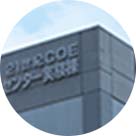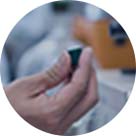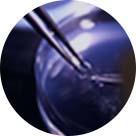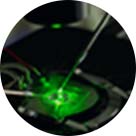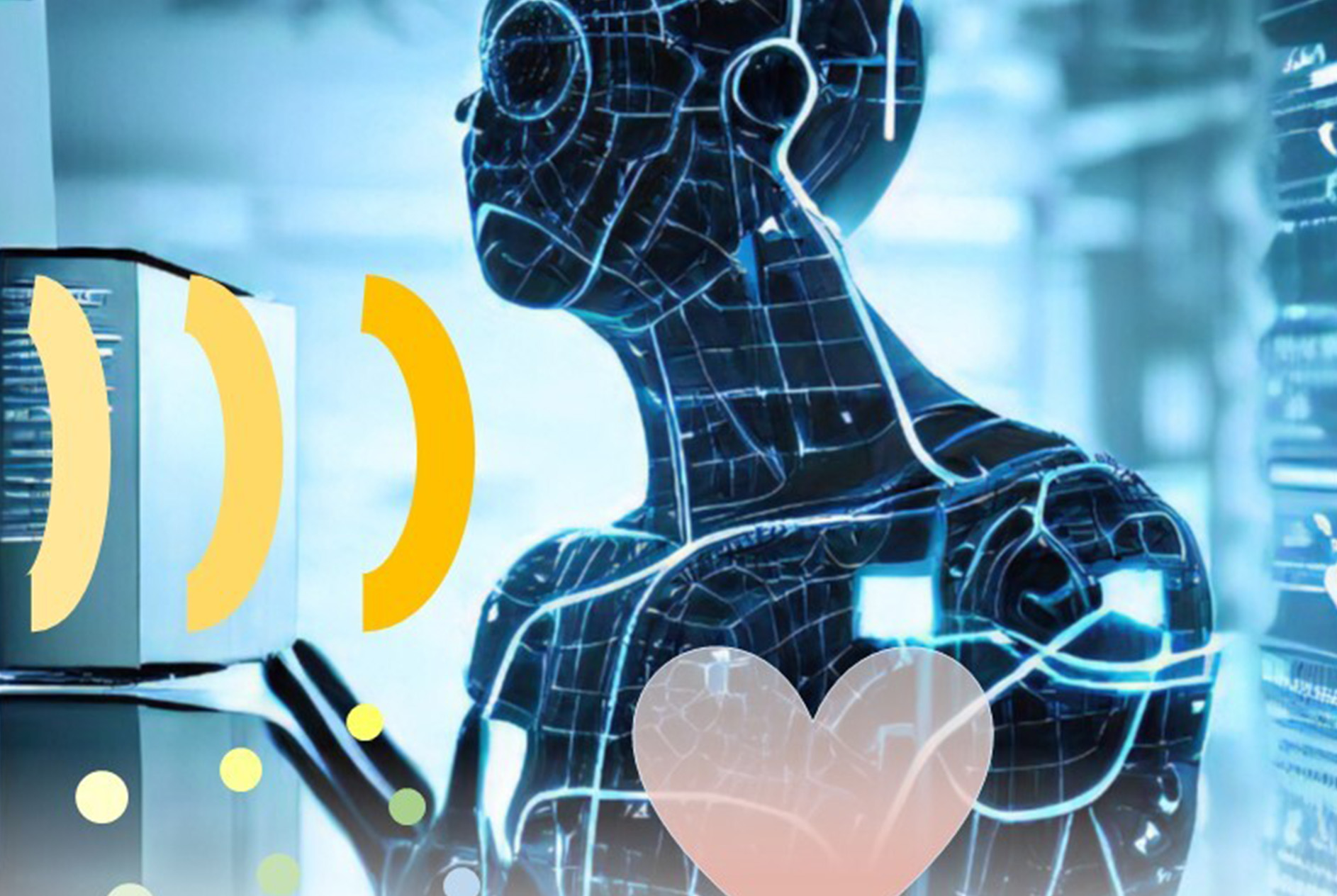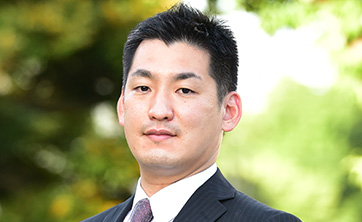Creation of a Smart, Healthy, and Long-Lived Society that Supports People’s Daily Life with High Quality of Life
The stresses that people may experience in their daily lives in society, even if they seem small and insignificant, increase the risk of various diseases. Research is needed to create a society in which people can live healthy daily lives with a high quality of life, even when their physiological functions are impaired or lost due to disease. This division advocates the value of smart healthcare systems that support to realize such a society and conducts research on the development of elemental technologies and their effective integrations.
Research Structure and Members of this Division
This division is divided into four major groups, and some of their research activities are presented below.
Sensing Group
・ Elucidation of the mechanisms of health promotion and longevity through
physical activity
Based on exercise physiology, behavioral physiology, material science, and metabolism, this group uses non-contact methods to quantify the amount of physical activity using animal models and explore the optimal amount of physical activity for physical and mental health in order to elucidate the mechanisms of health promotion and longevity from daily physical activity.
・ Analysis of nanoscale materials derived from skeletal muscle/fat tissue on
physical function and mental health.
Quantitative visualization of various mental and physical functions in humans is being attempted. In particular, Yanagita, Umezawa, and Kobayashi in our members have collaborated on a health promotion/longevity mechanism through exercise that is opened up by brain-organ communication, and are currently working on a research project to reveal the mechanism of brainperipheral organ communication associated with changes in the amount of physical activity. The physicochemical and biological properties of nanoscale structures produced and released by muscle and fat cells in response to environmental stimuli are also being studied to visualize brain-organ communication.
Device Operation and Control Group
・ Transcutaneous energy transmission for body-implanted electronic devices
Transcutaneous energy transmission and information transmission systems for medical electronic devices implanted inside the body are studied. This system completely reduces the risk of infection when supplying the driving energy essential for device operation. and achieves miniaturization and weight reduction through battery-free operation (Figure 1).
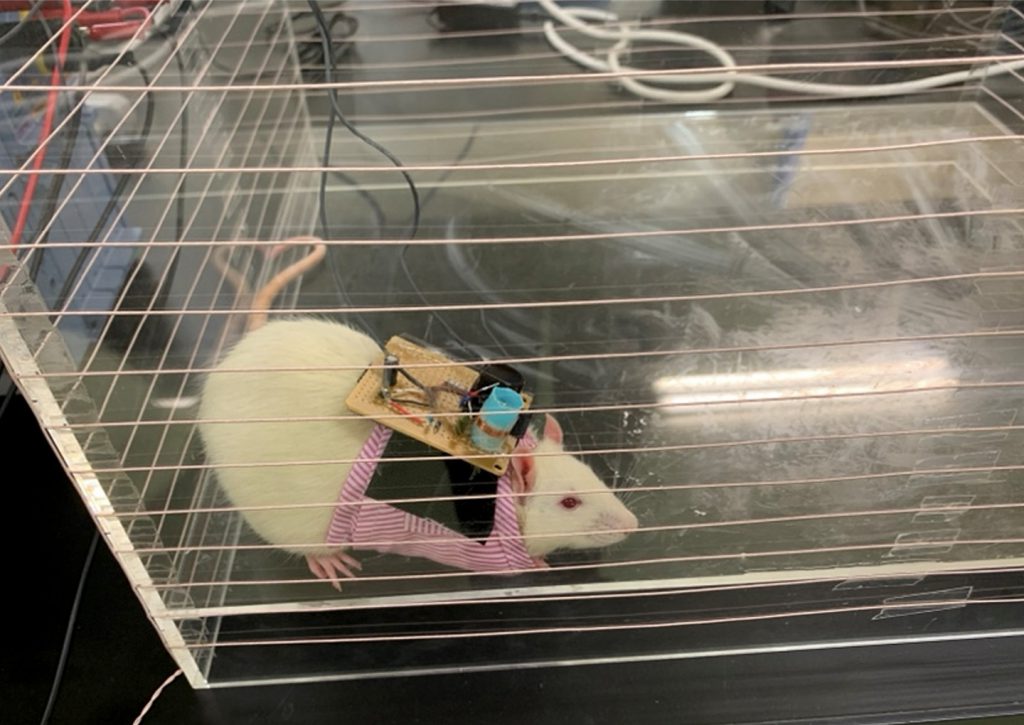
・ Development of an electromagnetic phantom
When conducting wireless power or information transmission between inside and outside living organisms, it is essential to investigate the effects of the presence of living bodies on the operation of the equipment and the electromagnetic radiation from the equipment to ensure stable operation of the equipment. By using materials that mimic the electromagnetic properties of living bodies, these studies can be performed without animal experiments. In this research, we are developing various types of simulated living organisms.
Integrated Circuits and Signal Processing Group
The Transmission Group and the Information and Communication Group conduct research on high-frequency and high-speed signal processing circuits, low-voltage and low-power circuits, and their miniaturization, which are essential for hardware implementation. We develop high-performance amplifiers (low noise, high input impedance), analog-to-digital conversion circuits (ADC), and digital-to-analog conversion circuits (DAC) with high resolution and low power consumption, which are essential for measuring minute bioelectric potentials. In addition, as sensing devices become increasingly popular, we are analyzing device variation and studying variation-resistant circuits to realize robust circuits that are low-cost and highly resistant to variation.
Information and Communication Group
・ Small antennas installed near living bodies
We are researching and developing compact, high-gain biometric antennas that can be used near living bodies and are not easily affected by them.
・ Low power, high quality and secure wireless communication
This group is researching communication methods that achieve high speed, large capacity, high quality/low latency, multiple simultaneous connections, and low power consumption without degrading transmission quality. These are envisioned for transmitting biometric and other information measured by the sensing group to medical facilities using wireless communications. In addition, research will be conducted to promote the safe and secure use of radio waves by protecting information and communications from unauthorized access and malicious attacks.



